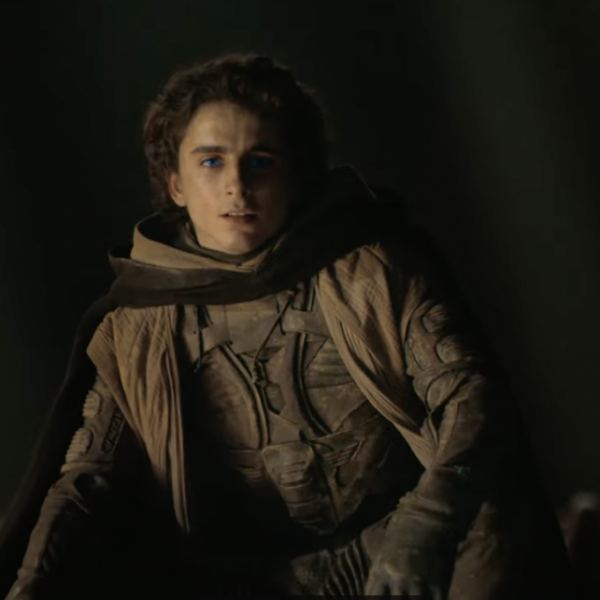I hope you’re sitting down for this one: my daughters, 3 and 6, are Disney fans. Perhaps you’ve read. Grandmas aside, Disney+ is a go-to babysitter, one without peer in the streaming game. I guess what I’m saying is, Bob Iger, bring on the price hikes because we’re not going anywhere — we barely have a choice.
At $6.99/month, ad-free Disney+ was an absolute steal at launch (November 2019; the ads didn’t come for another three years). The increase to $7.99 was totally fine; hell, we didn’t flinch at $10.99. With two kids, a mortgage, and respective careers in the lucrative fields of education and journalism, my wife and I don’t want to pay $13.99/month; but come October 12, we will. And when Disney inevitably raises prices again, we’ll probably pay that too.
You see, the Disney Bundle is not the company’s only antidote to churn. The real secret to retaining the 105 million Disney+ (core) subscribers is how we’ve indoctrinated a generation of children for instant gratification. Call it on-demand parenting; none of us are proud of it, but it’s the reality of our world.
Every streamer has kids programming, but with all due respect to Marvel and Star Wars, Disney’s entire business model caters to those currently wrapping up summer camp. These days, it is Australian-import cartoon “Bluey” that really has its hooks in our kids.
According to Nielsen data compiled for this story, from May 29 to July 30, “Bluey” on Disney+ accumulated more than 4.5 billion minutes viewed among kids 2-11. That’s by far the top kids series or movie across all streaming platforms. Number two, “Cocomelon” on Netflix, came in at 2.5 billion minutes; no other piece of content reached 1.5 billion.
What’s interesting about those rankings is that both “Bluey” and “Cocomelon” are shorts. “Bluey” episodes are about eight minutes apiece; while “Cocomelon” episodes are long, they’re really just a compilation of individual vignettes/songs. “Bluey” also happens to be as beloved by parents as it is by our kids; seriously, check out the Reddit thread.
In our study, Disney and Netflix both had six of the Top 15 kids shows and movies; Paramount+ and Amazon Prime Video had four apiece, and Hulu, Max, and Peacock each have one. Wait, that doesn’t add up to 15? Some of the shows are on multiple platforms, hence the wonky math, like number three: “SpongeBob Squarepants,” which is available on both Paramount+ and Amazon Prime Video. We don’t watch that one, but our younger daughter is a big consumer of Paramount’s “Paw Patrol” (number 10) and its many spinoffs. (Those dogs are no Heelers.)
Peacock has Illumination and DreamWorks movies — “Super Mario Bros.” is particularly popular at the moment — but many of those head elsewhere via individual second- and third-window licensing deals. As of this writing, eight out of Netflix’s Top 10 Kids Movies come from Illumination and DreamWorks, two Comcast/NBCUniversal animation studios. That’s either good business or it’s Comcast/NBCUniversal throwing in the towel on its own SVOD platform. Perhaps it’s both.

The grownups of the Maglio household do have some say in our streaming portfolio. Apple TV+ and Max are for prestige series, Starz comes and goes with “Outlander” seasons, and Amazon Prime (Video) is for the free, two-day retail shipping. For us, like so many, Netflix is another absolute must-have.
Netflix serves the entire family much better than Disney+ does. Netflix’s kids charts are dominated by Top 10 preschool series like “Gabby’s Dollhouse” and “Cocomelon,” as well as those Illumination/DreamWorks movies that arguably shouldn’t exist outside of the Peacock archives.
Here, I should make the case that perhaps NBCU is actually doing it correctly. The trend over much of the modern streaming era has been to guard your own studio’s programming with your life, cherishing exclusivity and subscribers at all costs. That’s shifted to valuing revenue over all, regardless of where it comes from. With NBC’s “The Office,” famously available to watch on Netflix for years, Netflix got the eyeballs, but Universal got the money. It’s still kind of that way.

“Suits” is another clear example of Netflix’s dominance over Peacock (and yes, everyone else). It’s available on both streamers simultaneously, and while the giant numbers reported by Nielsen (3.9 billion minutes viewed from July 17-23 is the latest) also includes Peacock, the vast, vast majority of that viewership has come by way of Netflix. Nielsen does not break that number down by platform; suffice it to say “Suits” never charted before Netflix onboarded the 2011-2019 cable series.
Guess who’s been nipping at the “Suits” loafers at number two overall? Yep, Bandit, Chili, Bluey, and Bingo.
Iger knows Disney is in the driver’s seat, price-wise, with a certain segment of the population — my segment. He also knows that to turn a profit from streaming, Disney+ needs to drastically increase revenue while cutting costs. With a self-imposed 2024 profitability deadline, the quickest way to fulfilling that fiduciary promise is not by incrementally adding more subscribers, it’s by squeezing more money out of the ones you’ve got.
The average revenue per Disney+ user in the U.S. as of July 31 was $7.31; that’s up from $5.95 at the end of the year. Look for that — and my checking account’s automatic debit — to grow again this fall.





